BMW X1 vs Audi Q2 - Differences and prices compared
Costs and Efficiency:
When it comes to price and running costs, the biggest differences usually appear. This is often where you see which car fits your budget better in the long run.
Audi Q2 has a clearly advantage in terms of price – it starts at 24900 £, while the BMW X1 costs 38200 £. That’s a price difference of around 13371 £.
Fuel consumption also shows a difference: BMW X1 manages with 2.50 L and is therefore decisively more efficient than the Audi Q2 with 4.80 L. The difference is about 2.30 L per 100 km.
Engine and Performance:
Under the bonnet, it becomes clear which model is tuned for sportiness and which one takes the lead when you hit the accelerator.
When it comes to engine power, the BMW X1 has a minimal edge – offering 326 HP compared to 300 HP. That’s roughly 26 HP more horsepower.
In acceleration from 0 to 100 km/h, the Audi Q2 is somewhat quicker – completing the sprint in 4.90 s, while the BMW X1 takes 5.40 s. That’s about 0.50 s faster.
In terms of top speed, the performs better – reaching , while the tops out at . The difference is around .
There’s also a difference in torque: BMW X1 pulls a bit stronger with 477 Nm compared to 400 Nm. That’s about 77 Nm difference.
Space and Everyday Use:
Beyond pure performance, interior space and usability matter most in daily life. This is where you see which car is more practical and versatile.
Seats: offers more seating capacity – vs .
In curb weight, Audi Q2 is slightly lighter – 1330 kg compared to 1575 kg. The difference is around 245 kg.
In terms of boot space, the BMW X1 offers noticeable more room – 540 L compared to 405 L. That’s a difference of about 135 L.
In maximum load capacity, the BMW X1 performs evident better – up to 1600 L, which is about 550 L more than the Audi Q2.
When it comes to payload, Audi Q2 slight takes the win – 510 kg compared to 500 kg. That’s a difference of about 10 kg.
Who wins the race?
The BMW X1 proves to be dominates this comparison and therefore becomes our DriveDuel Champion!
BMW X1 is the better all-rounder in this comparison.
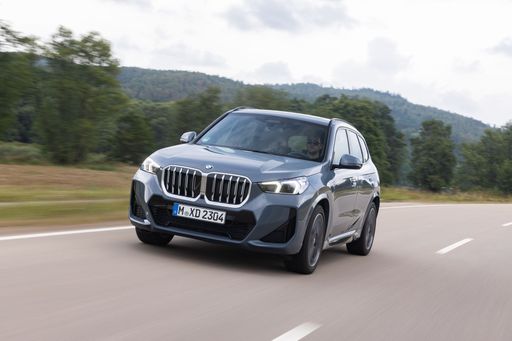 @ BMW Group Press
@ BMW Group Press
BMW X1
Costs and Consumption
View detailed analysis
Engine and Performance
View detailed analysis
Dimensions and Body
View detailed analysis
BMW X1
The BMW X1 brings a premium feel to compact crossover life, wrapping practical space and agile handling into a tidy, upscale package. It’s ideal for buyers who want BMW driving dynamics without the bulk, offering everyday comfort and a few clever tricks to keep the commute interesting.
details @ BMW Group Press
@ BMW Group Press
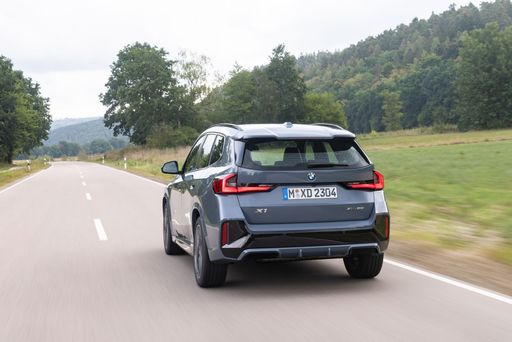 @ BMW Group Press
@ BMW Group Press
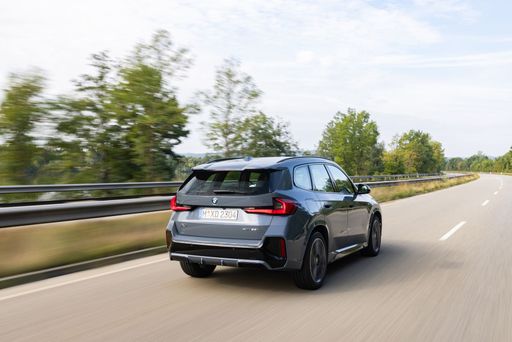 @ BMW Group Press
@ BMW Group Press
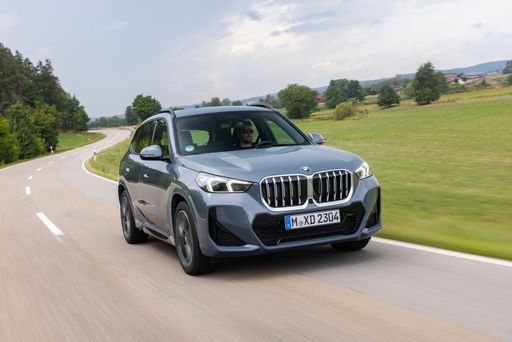 @ BMW Group Press
@ BMW Group Press
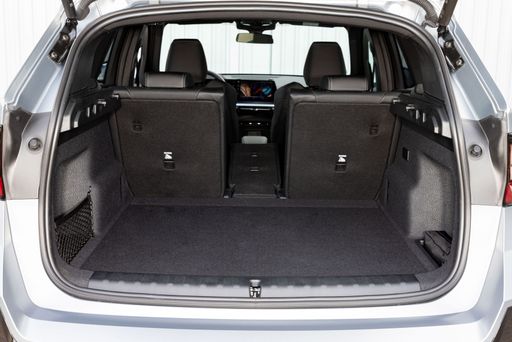 @ BMW Group Press
@ BMW Group Press
Audi Q2
The Audi Q2 packs Audi’s premium attitude into a compact, cheeky package that turns city streets into a runway for tasteful design and clever practicality. It’s an easy car to live with thanks to an upscale cabin, composed manners and sprightly handling, and while it won’t satisfy someone chasing sports-car thrills, it’s a smart, stylish pick for buyers who want substance with a wink.
details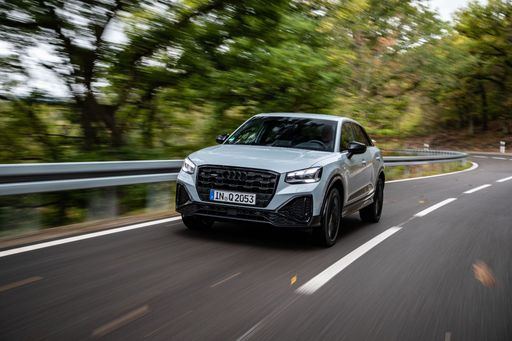 @ Audi AG
@ Audi AG
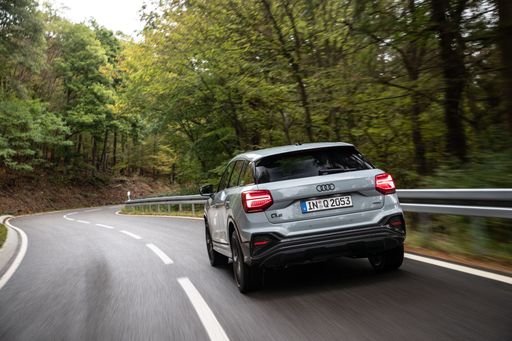 @ Audi AG
@ Audi AG
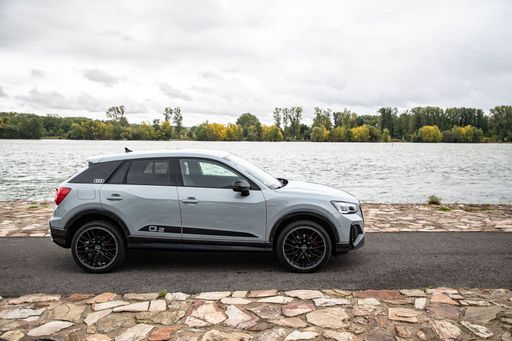 @ Audi AG
@ Audi AG
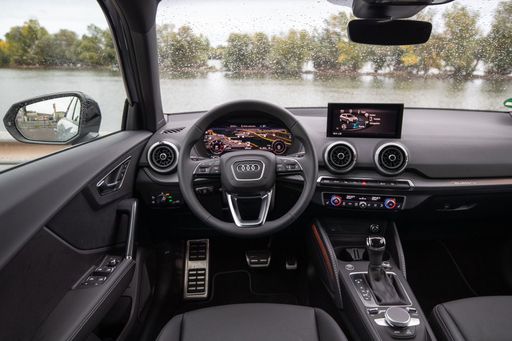 @ Audi AG
@ Audi AG
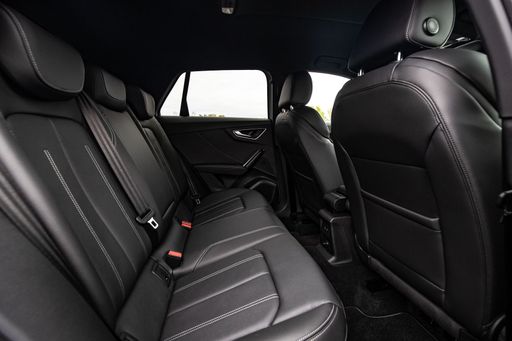 @ Audi AG
@ Audi AG
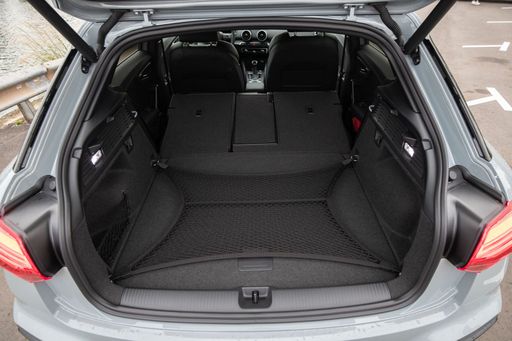 @ Audi AG
@ Audi AG
 @ BMW Group Press
@ BMW Group Press
|
 @ Audi AG
@ Audi AG
|
|
|
|
Costs and Consumption |
|
|---|---|
|
Price
38200 - 55500 £
|
Price
24900 - 43600 £
|
|
Consumption L/100km
2.5 - 7.7 L
|
Consumption L/100km
4.8 - 8.1 L
|
|
Consumption kWh/100km
-
|
Consumption kWh/100km
-
|
|
Electric Range
81 km
|
Electric Range
-
|
|
Battery Capacity
14.20 kWh
|
Battery Capacity
-
|
|
co2
57 - 175 g/km
|
co2
127 - 183 g/km
|
|
Fuel tank capacity
47 - 54 L
|
Fuel tank capacity
50 - 55 L
|
Dimensions and Body |
|
|---|---|
|
Body Type
SUV
|
Body Type
SUV
|
|
Seats
5
|
Seats
5
|
|
Doors
5
|
Doors
5
|
|
Curb weight
1575 - 1935 kg
|
Curb weight
1330 - 1610 kg
|
|
Trunk capacity
490 - 540 L
|
Trunk capacity
355 - 405 L
|
|
Length
4500 - 4505 mm
|
Length
4208 - 4216 mm
|
|
Width
1845 mm
|
Width
1794 - 1802 mm
|
|
Height
1622 - 1642 mm
|
Height
1495 - 1508 mm
|
|
Max trunk capacity
1495 - 1600 L
|
Max trunk capacity
1000 - 1050 L
|
|
Payload
490 - 500 kg
|
Payload
450 - 510 kg
|
Engine and Performance |
|
|---|---|
|
Engine Type
Diesel MHEV, Petrol MHEV, Petrol, Diesel, Plugin Hybrid
|
Engine Type
Petrol, Diesel
|
|
Transmission
Automatic
|
Transmission
Manuel, Automatic
|
|
Transmission Detail
Dual-Clutch Automatic
|
Transmission Detail
Manual Gearbox, Dual-Clutch Automatic
|
|
Drive Type
Front-Wheel Drive, All-Wheel Drive
|
Drive Type
Front-Wheel Drive, All-Wheel Drive
|
|
Power HP
136 - 326 HP
|
Power HP
116 - 300 HP
|
|
Acceleration 0-100km/h
5.4 - 9.2 s
|
Acceleration 0-100km/h
4.9 - 10.5 s
|
|
Max Speed
190 - 250 km/h
|
Max Speed
197 - 250 km/h
|
|
Torque
230 - 477 Nm
|
Torque
200 - 400 Nm
|
|
Number of Cylinders
3 - 4
|
Number of Cylinders
3 - 4
|
|
Power kW
100 - 240 kW
|
Power kW
85 - 221 kW
|
|
Engine capacity
1499 - 1998 cm3
|
Engine capacity
999 - 1984 cm3
|
General |
|
|---|---|
|
Model Year
2024 - 2025
|
Model Year
2025
|
|
CO2 Efficiency Class
D, E, F, B
|
CO2 Efficiency Class
D, F, E, G
|
|
Brand
BMW
|
Brand
Audi
|
Is the BMW X1 offered with different drivetrains?
The BMW X1 is offered with Front-Wheel Drive or All-Wheel Drive.
The prices and data displayed are estimates based on German list prices and may vary by country. This information is not legally binding.
